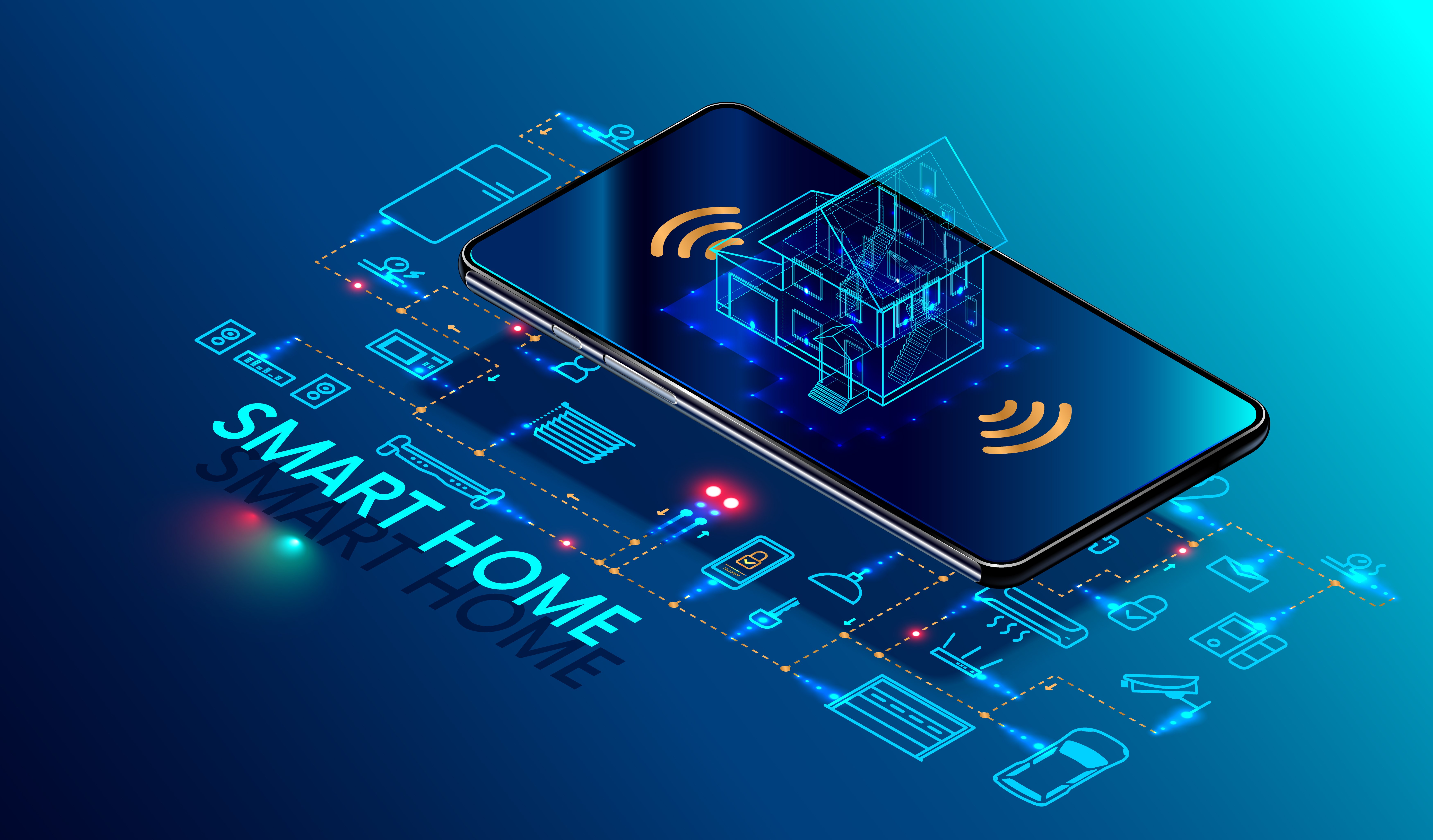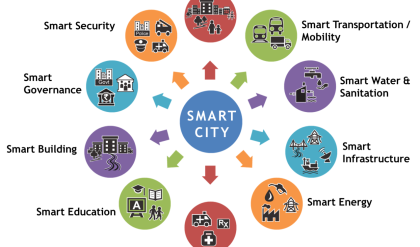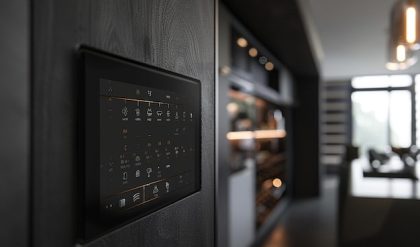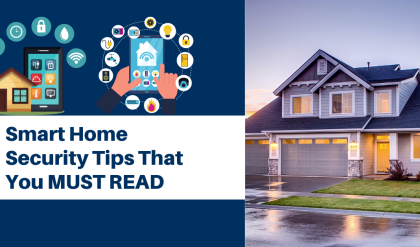
Beyond the Basics: Exploring Advanced Smart Home Services
The smart home revolution has moved beyond simple lightbulb control and thermostat adjustments. We’ve entered an era where interconnected devices anticipate our needs, learn our habits, and enhance our lives in profound ways. This isn’t just about convenience; it’s about creating a truly personalized and responsive living environment. Let’s delve into the exciting world of advanced smart home services, exploring functionalities that are transforming how we interact with our homes.
I. Proactive Security Beyond the Alarm:
Basic smart home security systems offer remote monitoring and alerts. Advanced systems, however, take a proactive approach. Think AI-powered threat detection analyzing unusual patterns – a broken window sound, an unfamiliar face lingering near the front door, even subtle changes in movement detected by your smart cameras. These systems can automatically alert authorities, send you targeted notifications, and even trigger preemptive measures, like turning on exterior lights or locking doors.
II. Personalized Energy Management: Efficiency Redefined:
While smart thermostats optimize heating and cooling, advanced systems go further. They learn your energy consumption habits, predict peak usage times, and adjust accordingly, reducing your carbon footprint and energy bills. Integration with solar panels and battery storage allows for dynamic energy management, optimizing self-consumption and minimizing reliance on the grid. Real-time energy dashboards offer granular insights into your usage, empowering you to make informed decisions about energy conservation.
III. Predictive Home Maintenance: Preventing Problems Before They Arise:
Imagine a smart home that anticipates maintenance needs before they become costly repairs. Advanced smart home services utilize sensor data from appliances and systems to monitor their health. A smart refrigerator can detect unusual temperature fluctuations, alerting you to potential issues before food spoilage. Smart water leak detectors can identify leaks before they cause significant damage. This proactive approach significantly reduces the risk of costly repairs and minimizes disruption to your daily life.
IV. Seamless Home Automation: Orchestrated Simplicity:
Basic automation might involve setting a scene for movie night. Advanced systems go beyond pre-programmed routines. They utilize AI to learn your preferences and automate tasks based on context and your schedule. Leaving for work could trigger a sequence of actions: locking doors, dimming lights, adjusting the thermostat, and even initiating a coffee brew for your return. Coming home could activate a welcoming atmosphere – lights brightening, music starting, and the temperature adjusting to your comfort level. This seamless orchestration simplifies your daily life and creates a truly personalized environment.
V. Enhanced Accessibility and Inclusivity:
Smart home technology is a game-changer for individuals with disabilities. Voice control, automated lighting adjustments, and remote appliance operation increase independence and accessibility. Advanced features like fall detection systems, medication reminders, and personalized communication tools can enhance safety and quality of life significantly.
VI. The Future of Smart Home Services: A Glimpse Ahead:
The future of advanced smart home services promises even more integration and personalization. Expect advancements in:
- Hyper-personalization: Systems that learn and adapt to your unique preferences at an even deeper level.
- Predictive analytics: Anticipating needs and preferences even before you are aware of them.
- Biometric integration: Utilizing biometric data for enhanced security and personalized experiences.
- Enhanced interoperability: Seamless integration between devices and platforms from different manufacturers.
| Feature | Basic Smart Home | Advanced Smart Home |
|---|---|---|
| Security | Alarm, remote monitoring | AI-powered threat detection, proactive measures |
| Energy Management | Smart thermostat | Predictive energy optimization, solar integration |
| Maintenance | Basic alerts | Predictive maintenance, health monitoring |
| Automation | Pre-programmed scenes | Contextual automation, AI-driven routines |
| Accessibility | Basic voice control | Comprehensive accessibility features |
The journey into advanced smart home services offers unparalleled convenience, security, and personalization. As technology continues to evolve, we can anticipate even more innovative and life-enhancing applications, creating homes that are not just smart, but truly intelligent and responsive to our individual needs.
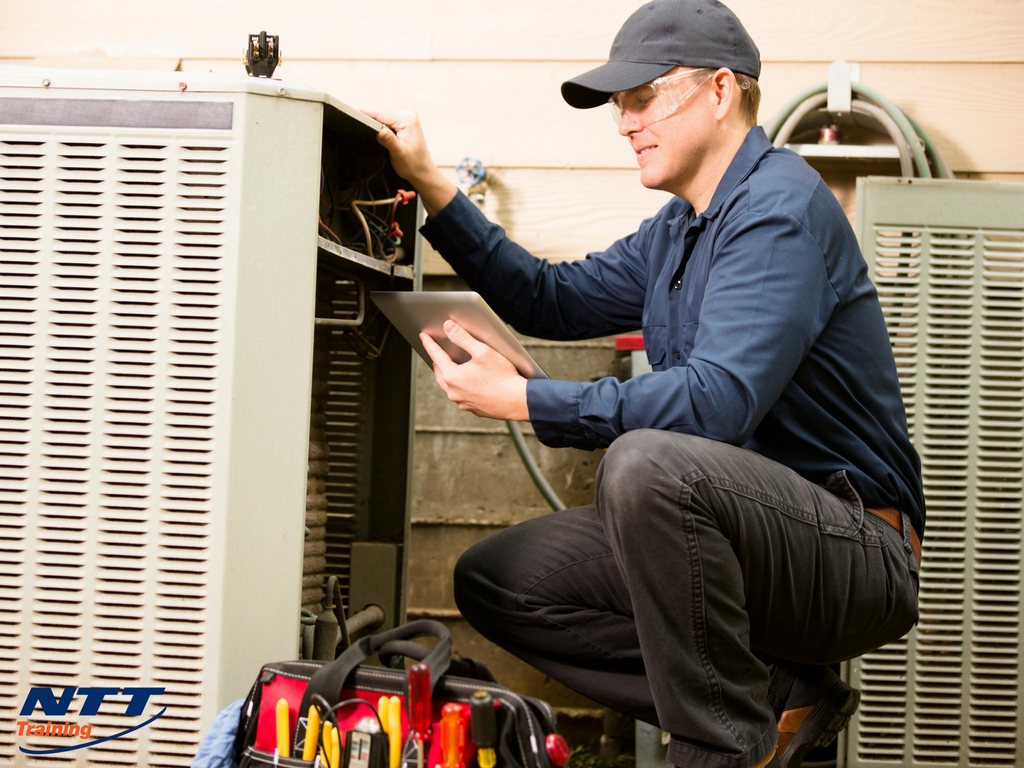
Additional Information
Beyond the Basics: A Deeper Dive into Advanced Smart Home Services
The basic smart home – automated lighting, a smart thermostat, and perhaps a voice assistant – is increasingly commonplace. However, the true potential of smart home technology lies in the integration and sophistication of advanced services, offering significant benefits beyond simple convenience. This analysis delves deeper into these advanced offerings, exploring their capabilities, limitations, and future implications.
I. Enhanced Security and Surveillance:
Beyond basic alarm systems, advanced smart home security integrates AI-powered features for improved threat detection and response. Examples include:
- Advanced video analytics: Going beyond simple motion detection, these systems utilize AI to differentiate between humans, animals, and inanimate objects, minimizing false alarms. They can even identify specific individuals or suspicious activities, such as loitering or package theft. Statistics from research firm MarketsandMarkets predict the global video analytics market will reach $24.7 billion by 2027, demonstrating the burgeoning interest in this technology.
- Proactive threat detection: Systems can analyze historical data and environmental factors to predict potential security risks, such as identifying vulnerable entry points based on unusual activity patterns. This allows for preemptive measures to be taken, strengthening overall security posture.
- Integrated emergency response: Seamless integration with emergency services provides immediate dispatch in case of intrusion or other emergencies, significantly reducing response times and improving outcomes.
Limitations: Concerns remain regarding data privacy and potential vulnerabilities in the system’s software and hardware. Robust cybersecurity measures are paramount.
II. Energy Management and Optimization:
Moving beyond basic energy monitoring, advanced smart home systems offer sophisticated energy optimization strategies:
- Predictive energy consumption: Using machine learning algorithms, these systems predict energy usage based on historical data, occupancy patterns, and weather forecasts. This enables proactive adjustments to optimize energy efficiency and reduce costs.
- Dynamic pricing integration: The ability to automatically adjust energy consumption based on fluctuating energy prices can significantly reduce utility bills, particularly in regions with time-of-use pricing. Case studies have shown that smart homes leveraging dynamic pricing can achieve savings of up to 20% on energy costs.
- Renewable energy integration: Seamless integration with solar panels and other renewable energy sources optimizes energy generation and consumption, maximizing self-sufficiency and minimizing environmental impact.
Limitations: The effectiveness of these systems hinges on the accuracy of predictive models and the availability of real-time data. High initial investment costs can also be a barrier for some users.
III. Personalized Comfort and Wellbeing:
Advanced smart homes offer personalization beyond simple temperature control:
- Biometric monitoring: Integrated sensors can track sleep patterns, heart rate, and other biometric data, providing insights into overall health and wellbeing. This data can inform personalized recommendations for improving sleep quality, reducing stress, or managing chronic conditions.
- Adaptive lighting and sound: Systems automatically adjust lighting and sound levels based on time of day, occupancy, and individual preferences, creating a personalized and comfortable environment.
- Smart appliances and automation: Integration with smart appliances enables automated tasks, such as laundry and dishwashing, optimizing efficiency and freeing up time.
Limitations: Concerns regarding data privacy and the potential for misuse of sensitive biometric data need careful consideration. Ethical implications related to data collection and usage require thoughtful consideration and robust data protection strategies.
IV. Future Trends:
- Increased Interoperability: Standardization efforts are crucial for seamless integration of devices from different manufacturers, enhancing the overall smart home experience.
- Edge Computing: Processing data locally within the home reduces reliance on cloud services, enhancing security and privacy while improving response times.
- AI-driven personalization: More sophisticated AI algorithms will enable hyper-personalization of smart home services, anticipating user needs and proactively adjusting settings to optimize comfort and efficiency.
Conclusion:
Advanced smart home services offer significant potential for improving security, efficiency, and overall quality of life. However, realizing this potential requires addressing key challenges related to data privacy, security, interoperability, and ethical considerations. Continued innovation and careful attention to these issues are crucial for unlocking the full capabilities of the advanced smart home.
